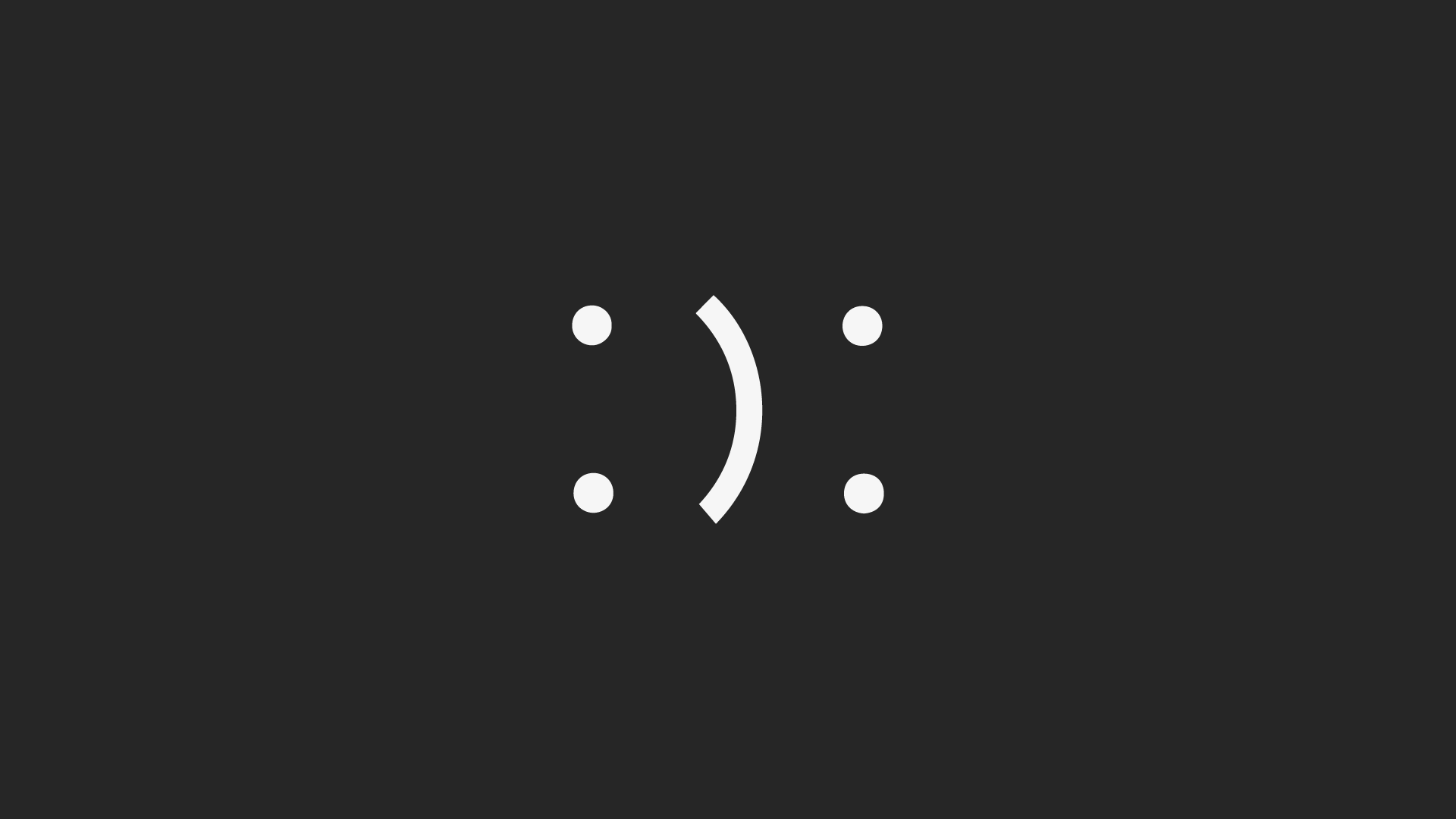The dark side of friendly design

Everywhere you look a “friendly” brand stares back at you. Help Remedies sells doll-sized packets of over-the-counter medicine with tongue-in-cheek labels (“Help. I have a headache”) with a different color for each malady. An eco-water company calls itself Boxed Water Is Better. Casper, which has disrupted the mattress and bedding industry, used a whimsical zoo of anthropomorphized creatures to launch its suite of bedroom pieces and became a $100 million company while doing it.
Friendly branding, it seems, sells.
But now that it’s the favored visual approach of everyone from Chase to Pepsi, we have to question whether the obsession with friendliness has gone too far. It has become the catch all way of trying to engage consumers in a more “personal” and “authentic” way. But in its ubiquity, it’s being exposed as a shallow, limiting approach to branding that can ignore some fundamental facts about the world we live in.
HOW WE GOT HERE
No one could have predicted that when Google launched its first web page in 1996, those clunky sites would evolve into the sprawling network that we rely on for everything from political activism to finding love and buying groceries. Digital is our new normal.
As fast as our lives have become digital-first, companies have changed the way they engage us. Companies spend more on digital advertising than on television advertising, and customers can interact with brands on Twitter and Facebook Messenger. Brands look, feel, and behave very differently too, understanding that in a world where Instagram is the antidote to boredom, things need to be visually appealing and compelling for anyone to spend time with them. The early web was text-heavy, monotonous, and had web-safe typography; now we see rounded edges, vibrant color palettes, and smiling faces everywhere from Mailchimp to Monsanto.
The shift didn’t happen overnight, but in the wake of a financial crisis that plunged the world into a deep recession and shook people’s trust in traditional institutions, a new wave of companies were snapping at the heels of big corporations that looked complex, out-of-touch, and unapproachable. Smartphones were everywhere, allowing on-demand and direct-to-consumer services to penetrate the market.
Everything from Dropbox’s easier solution for file management, with an illustration style to create a more human brand, to a more cost-effective and a fun alternative to hotels with Airbnb were appearing online. Their warm and friendly branding quickly became a shorthand for “we’re different.”
Read the complete article at Fast Company